Looking for ways to participate in citizen science efforts while you’re stuck indoors? Want to add some conservation into the curriculum when the schools are closed?
Here are some resources I pulled together, including some favorites of my own young son. There are a lot of great options available: I am so impressed by how conservationists, researchers, children’s book authors and others are offering live sessions to help with kids at home.
I’ve included suggestions for both kids and adults. Leave your own recommendations in the comments.
-
Enjoy Trail Camera Photos While Assisting Conservation
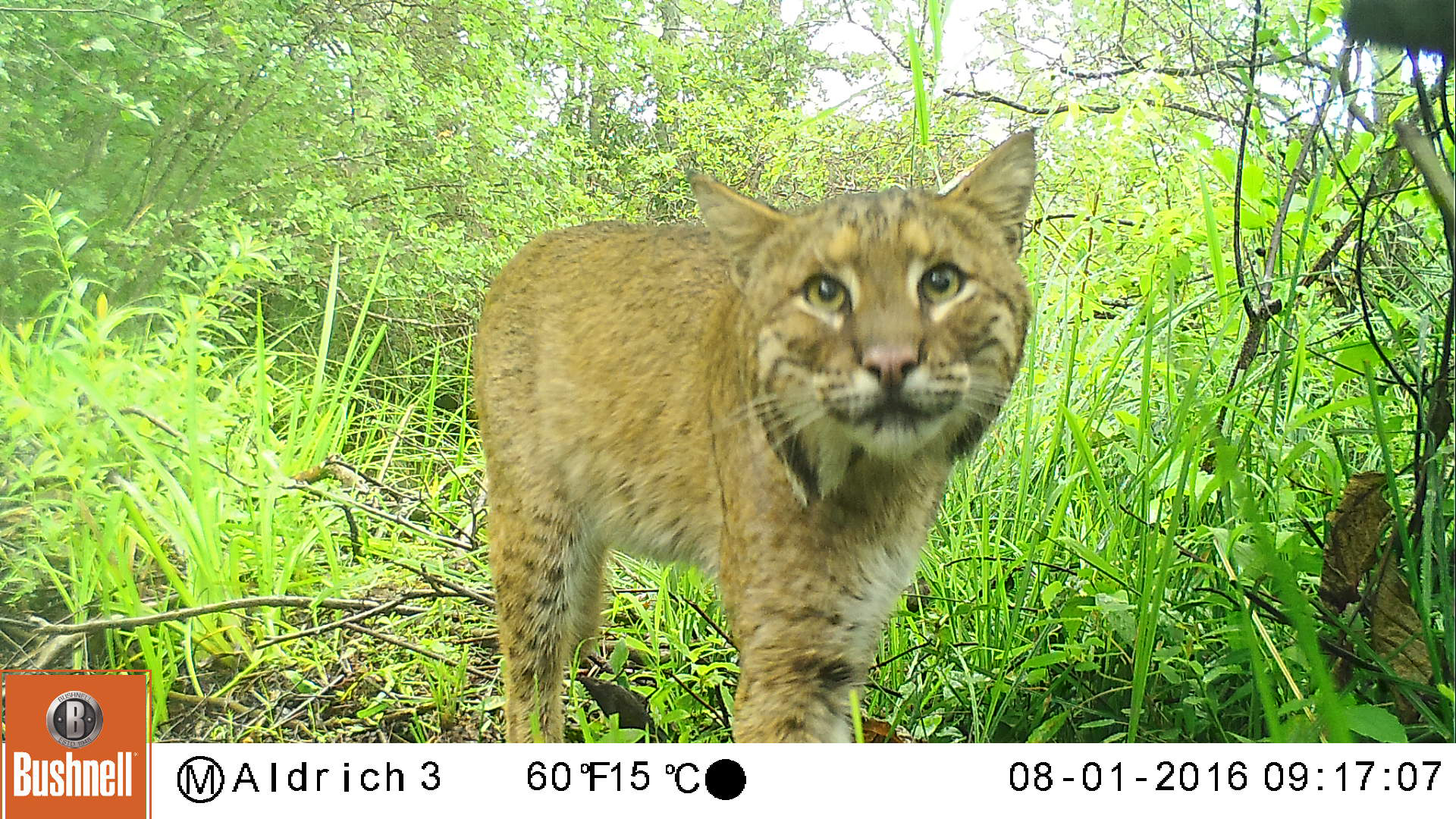
A curious bobcat inspects the trail cam. Photo © Eric Aldrich Trail or game cameras can be a tremendous aid to wildlife researchers. But researchers have to set out a lot of cameras, and that means a lot of photos to sort. Finding photos with the research animal in a biodiverse area like East Africa can require sifting through thousands of photos.
That’s where you come in. You can sort through trail camera images from your laptop or phone. Zooniverse – a program that offers numerous citizen science efforts you can undertake from home – offers a way for you to look at trail camera photos and benefit conservation.
You simply look through photos and identify the wildlife. There are tutorials to help you make a positive ID. Finding cool wildlife becomes like a treasure hunt (and an addicting one).
Here are two great options:
Wildwatch Kenya offers you the chance to sort through photos from community conservation projects in northern Kenya. The photos are being used to identify the effects of conservation practices on giraffes and other species.
WildCam Gorongosa has you looking through images from Gorongosa National Park in Mozambique. This park was once one of the most diverse on earth, but it was decimated by a civil war. Now the park is a major conservation success – and you can help researchers track the recovery by documenting the wildlife you see in the trail camera photos.
-
Watch Nest Cams
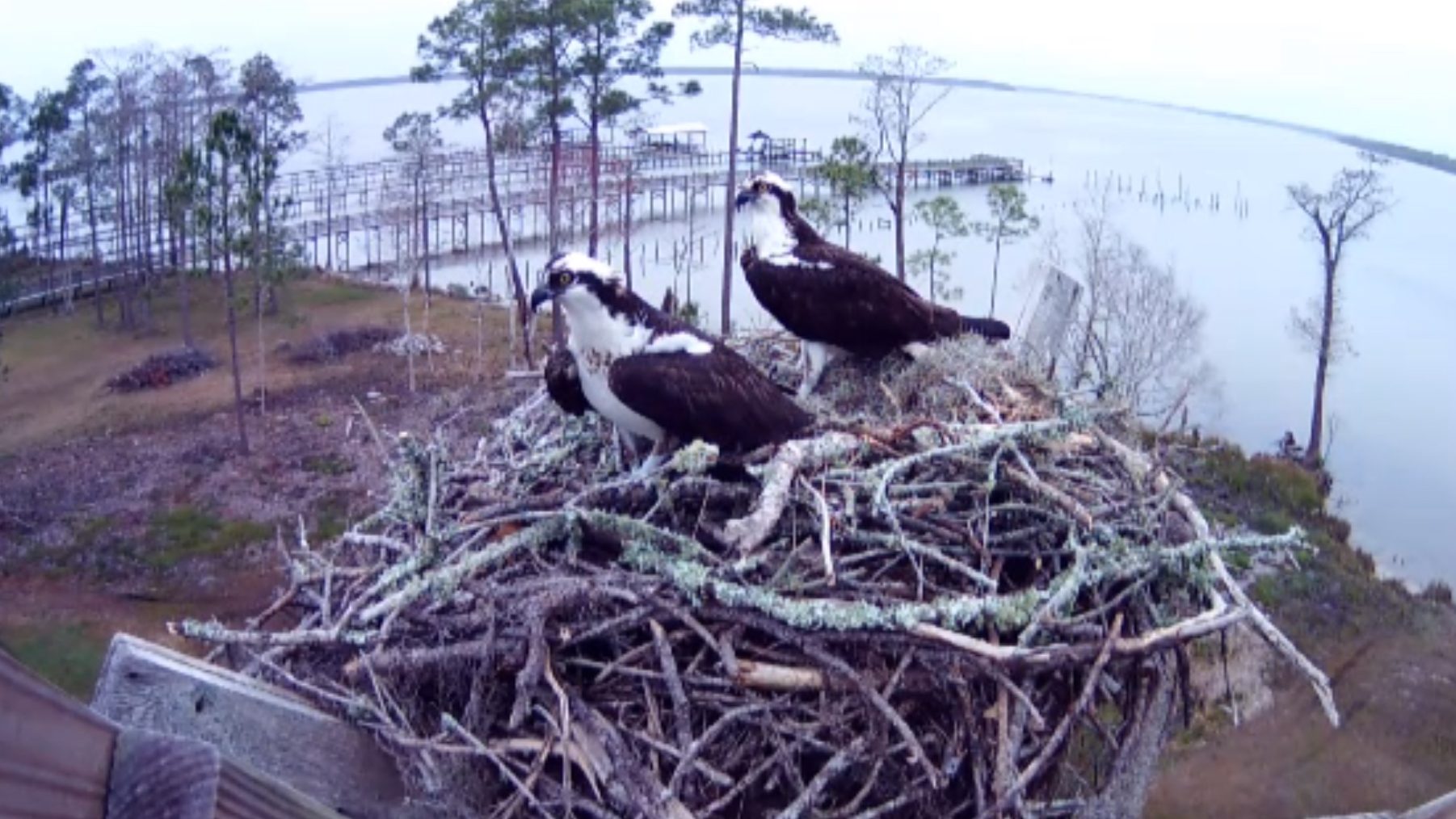
Josie & Elbert back on the Nest for the 2016 season. Screen capture of live cam © The Nature Conservancy Live nest cams have become a way to enjoy the secrets lives of birds from your home. It’s a great way to track behavior; the excitement and activity builds as the chicks hatch and grow. Nest cams have become particularly common for raptors, and you have so many options to choose from. Many viewers enjoy tracking one nest through the season.
Bald eagles are particularly active on the nest right now. The Decorah, Iowa nest cam offers high-definition, close-up views. It’s very therapeutic. Another great option is the Sequoyah National Wildlife Refuge in Oklahoma. The National Eagle Foundation offers four bald eagle cams, including nests at Dollywood and the National Arboretum.
The Nature Conservancy’s Kestrel Cam will be back at the Great Salt Lake in Utah as soon as the birds show up. Bookmark the page and check back for a close-up inside these birds’ nest box, along with natural history and conservation commentary from our staff.
-
Spy on Water Holes
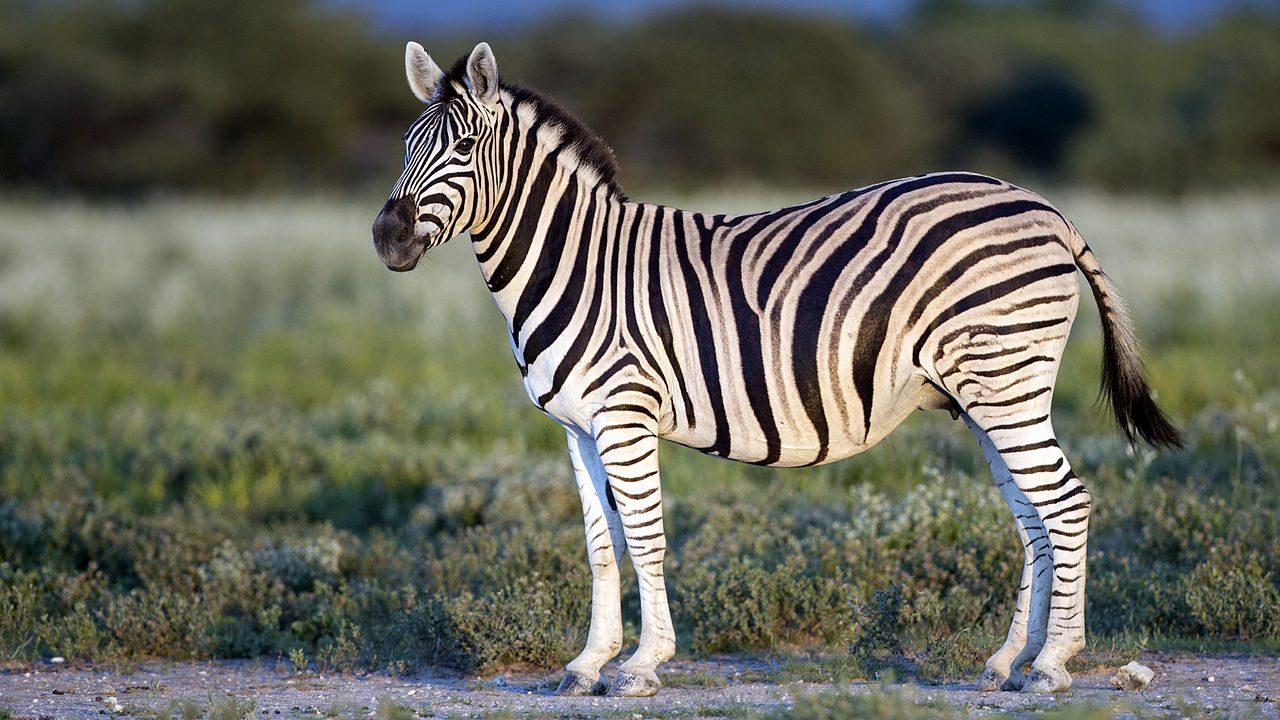
A plains zebra at Namibia’s Etosha National Park. Photo © Yathin S Krishnappa / Wikimedia Commons There are a variety of live camera options available. My favorites are those set by water holes in African national parks and conservation areas. These live video feeds often offer the chance to see wild animals at any hour of the day or night.
You never know what might show up. And the night sounds are fantastic.
Try the Madikwe Reserve or Olifants River live cameras, both in South Africa. (I just saw a crocodile swim by on the Olifants cam). Africam offers seven live safari cameras to choose from.
-
Watch Wild Kratts
I’m a lifelong book lover, but I have to admit that my childhood fascination with exotic beasts and travel was also helped along by Mutual of Omaha’s Wild Kingdom. A well-done television show can help educate kids about nature. But there are many sensationalistic and factually incorrect shows.
My favorite is Wild Kratts, a PBS program featuring brothers Martin Kratts and Chris Kratts. Each program features a cartoon adventure with the Kratt brothers, in which they use “creature powers” of wildlife to aid conservation and often foil (mild) villains.
The cartoon is sandwiched between footage of the real-life Kratt brothers and encounters with real wild animals. They discuss natural history and conservation in an entertaining way. My son quotes the animal facts he learns frequently, and the show has directly led to his love of the “creature powers” of cheetahs and peregrine falcons.
-
Read a Good Book

Photo © The Nature Conservancy (Matt Miller) If you’re hunkered down, it’s great to have a good book. I read voraciously, and I’ve shared many reviews on Cool Green Science. Look around and I hope you can find a nature, science or outdoor read that you enjoy.
Here are a few of our picks to start:
- Novels for Nature Lovers: Serious fiction that gets nature and science right, from William Faulkner to Delia Owens.
- Mystery Novels for Nature Lovers: Page turners featuring national park rangers, game wardens and more.
- Summer Nature Reads: Fun reads that will inform and entertain you about the natural world around you.
- Birder’s Bookshelf: My colleague Justine Hausheer’s picks for great books on birds and birding.
- Field Guides: My shelves are overloaded with field guides. And they’re not just for the field. I find that they can help me plan future trips…and dream of better days ahead.
I’ll be featuring more new book reviews in the weeks ahead, for both children and adults.
-
Live Class Activities
There is an ever-growing list of options for live streaming classes, including nature and conservation topics.
Here’s a great one: The Cincinnati Zoo is hosting a Home Safari Facebook Live each weekday at 3 pm EDT. Each session highlights a live animal and includes an activity kids can do at home. If you don’t have social media, the zoo has also made resources available on its web site.
-
Virtual Tours
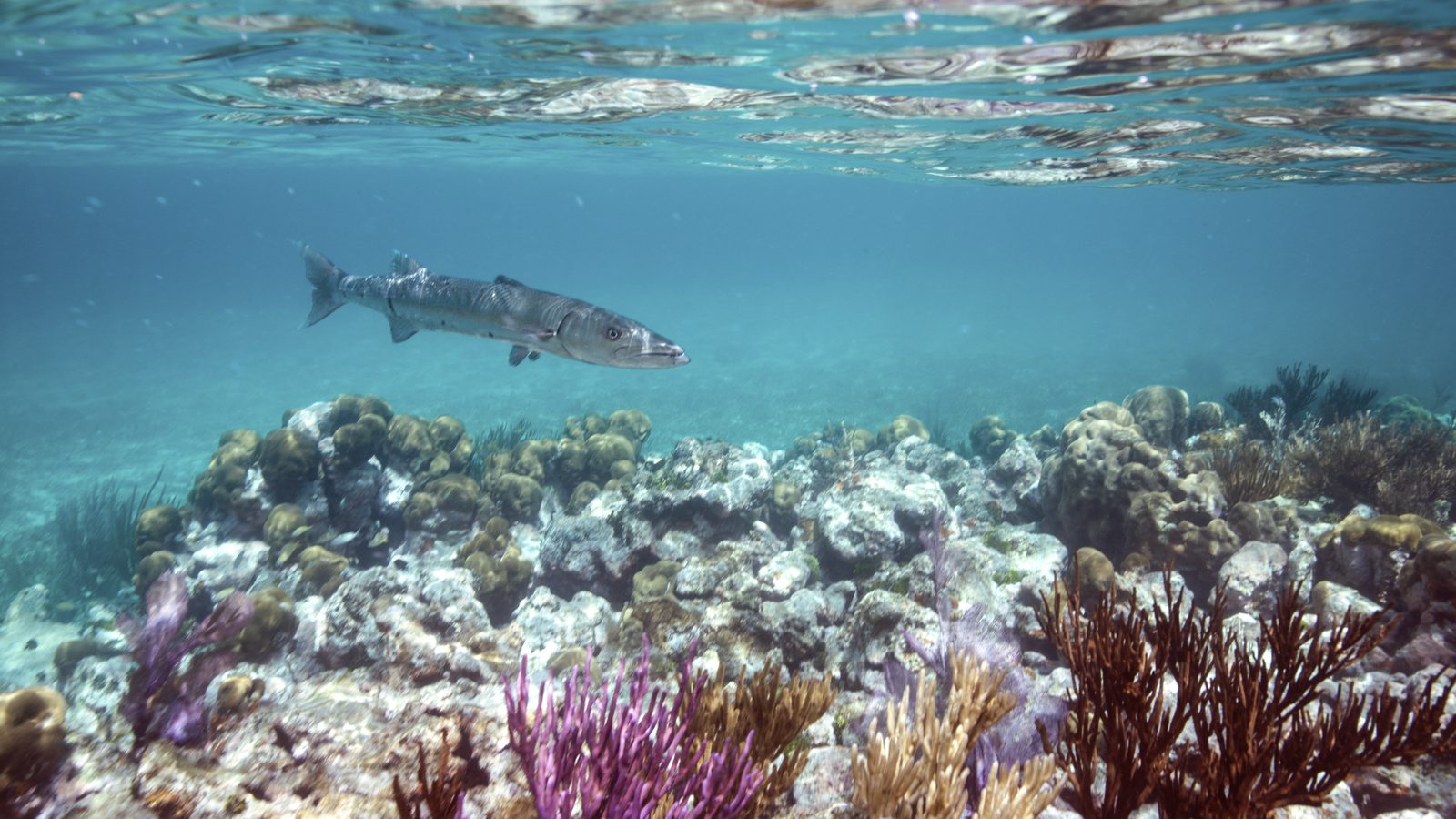
Barracuda swimming in Dry Tortugas National Park, Florida. Photo © Carlton Ward / TNC Virtual tours are another popular way to learn from home, and there are so many options to choose from. The Nature Conservancy in Oklahoma offers virtual field trips for nature preserves, a great way to explore Oklahoma’s wild side.
Several U.S. national parks now offer virtual tours, including popular ones like Yellowstone as well as off-the-beaten path parks like Dry Tortugas. Google Arts and Culture offers four other parks you can tour from your device.
The options are seemingly endless. Let us know your own favorites in the comments. Stay healthy, practice social isolation and nurture the love of nature.
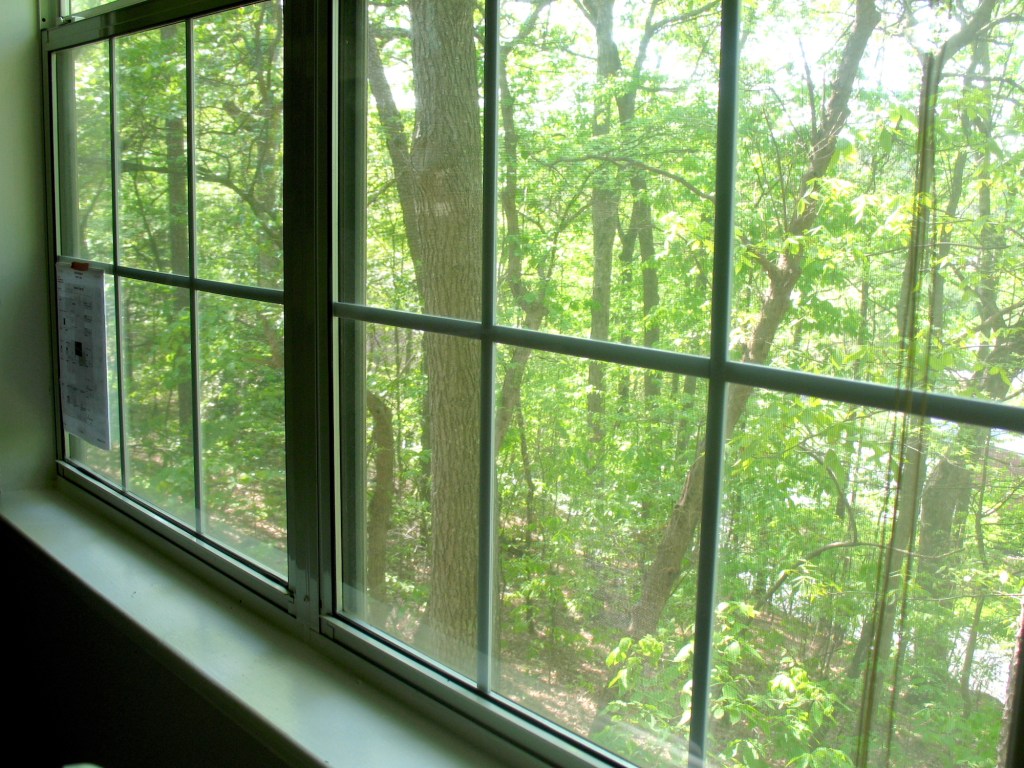



Maybe you wrote this on other blog pages but feeding the birds, bird watching, planting pollinator-friendly gardens/making a yard pollinator-friendly are options too (especially right now). Making windows bird-friendly is something everyone should be able to do right now. *If the means (such a space/finances) are there/available of course. Though stuff can be done for even the smallest budgets if you get creative. For example, everyone should have a few pieces of paper at home if they cannot find/buy window decals or stickers to put on the outside of the windows. So take some paper cut it into shapes and tape/stick on the windows. Not just one decal per window. More is better since birds can fly into small places. *
This is really great, Matthew. I think some people really need this as they are stuck indoors. I hope you don’t mind, but I’ve quoted you in a post I just wrote. I haven’t distributed it yet to our network. Here’s the link to my post:
https://www.giftoftheforest.com/news
Glad you liked the story. Yes, you are welcome to quote me in your post.
YouTube. For example, “seemingly endless” options of videos hiking, backpacking, driving, canoeing, etc. through all our national park out there, although I realize utilizing YouTube in these uncertain times is more about enjoying nature than protecting nature. I really appreciated some of the examples you gave as to how to both enjoy AND protect from home.